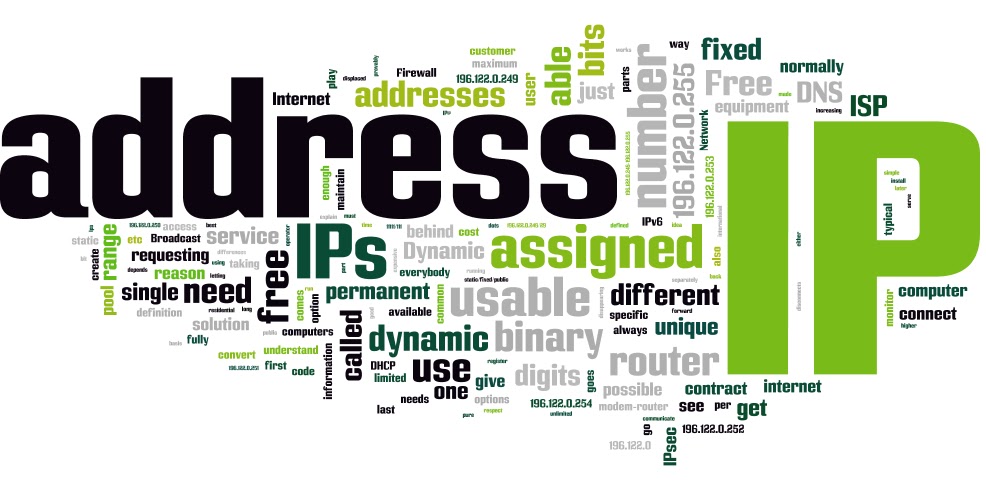Difference Between IP and Port
Summary: Difference Between IP and Port is that An IP address, short for Internet Protocol address, is a number that uniquely identifies each computer or device connected to the Internet. A port is the point at which a peripheral attaches to or communicates with a system unit so that the peripheral can send data to or receive information from the computer.

IP
An IP address, short for Internet Protocol address, is a number that uniquely identifies each computer or device connected to the Internet. The IP address usually consists of four groups of numbers, each separated by a period. In general, the first portion of each IP address identifies the network and the last portion identifies the specific computer.
These all-numeric IP addresses are difficult to remember and use. Thus, the Internet supports the use of a text name that represents one or more IP addresses. A domain name is the text version of an IP address. As with an IP address, the components of a domain name are separated by periods.
The text in the domain name up to the first period identifies the type of Internet server. In Figure 2-3, for example, the www indicates a Web server. The Internet server portion of a domain name often is not required.
Every domain name contains a top-level domain (TLD), which is the last section of the domain name. A generic TLD (gTLD), such as the com in, identifies the type of organization associated with the domain.For international Web sites outside the United States, the domain name also includes a country code TLD (ccTLD), which is a two-letter country code, such as au for Australia or fr for France.
When you specify a domain name, a server translates the domain name to its associated IP address so that data and information can be routed to the correct computer. This server is an Internet server that usually is associated with an Internet access provider.
Port
A port is the point at which a peripheral attaches to or communicates with a system unit so that the peripheral can send data to or receive information from the computer. An external device, such as a keyboard, monitor, printer, mouse, and microphone, often attaches by a cable to a port on the system unit. Instead of port, the term jack sometimes is used to identify audio and video ports. The front and back of the system unit on a desktop personal computer contain many ports. On notebook computers, including netbooks and Tablet PCs, the ports are on the back, front, and/or sides.
Also Read:
Difference Between Flash Memory and Solid State Drives
Difference Between Hard Disk and Solid State Drives
Difference Between Motherboard and CPU
Difference Between System Unit and Peripheral







Leave a Comment
You must be logged in to post a comment.